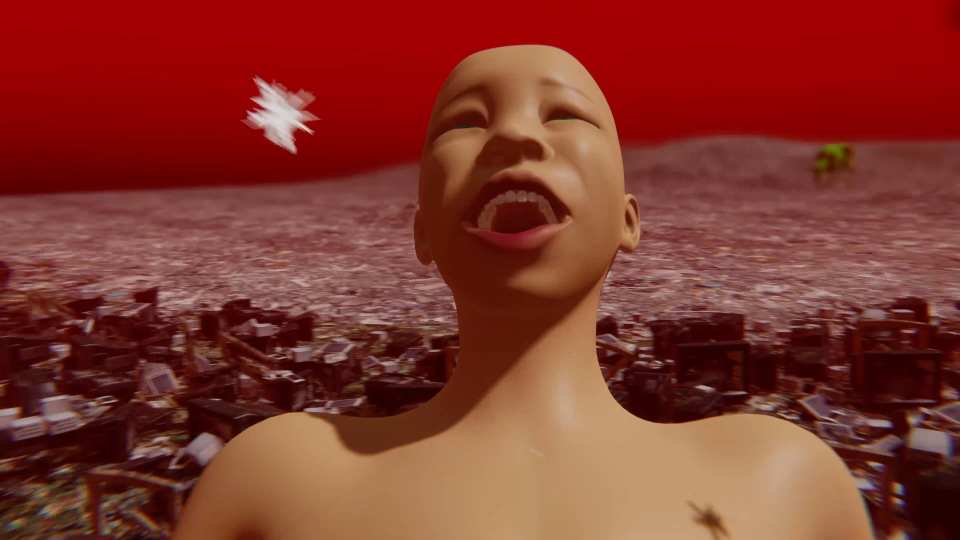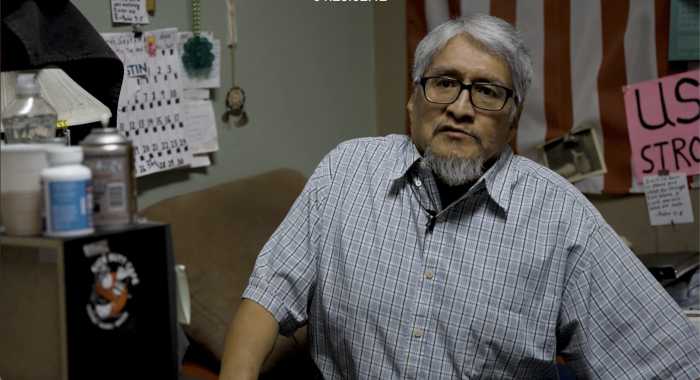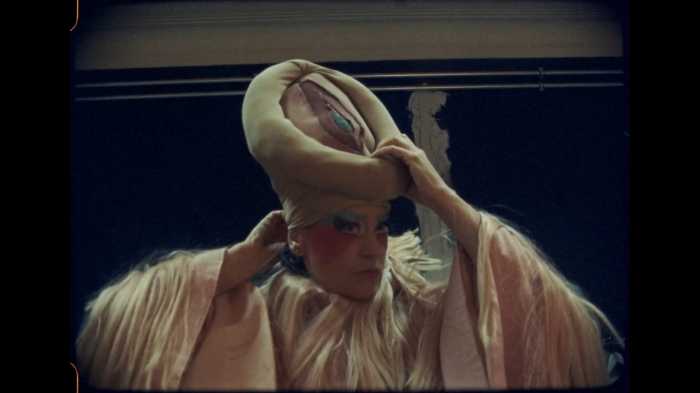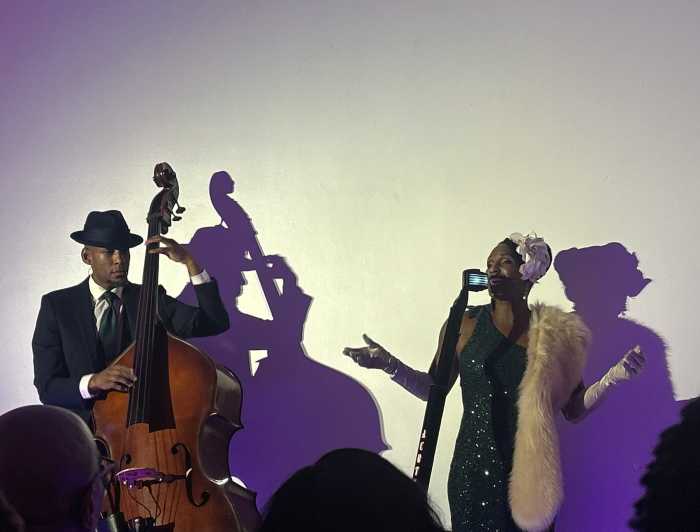For Taiwanese-American filmmaker Shu Lea Cheang, art finds its origins in activism. She was one of the founding members of the leftist video collective Paper Tiger TV. Her early work consisted of documentary shorts, but BAM’s series “Sci-Fi New Queer Cinema” showcases her four features, produced over a 29-year period alongside visual art. Putting a cyberpunk lens on real problems like environmental devastation, the proliferation of new diseases and the rise of surveillance capitalism, they embody a form of science fiction that centers queer people of color. “I.K.U.” and “FLUIDØ” also endeavor to create pornography away from the male gaze; the former is a remix of “Blade Runner” with a trans man in the role of android hunter Rick Deckard. (They portray sex between of all genders; their queerness takes the form of a pansexual openness.) Her 1998 project “Brandon” “used the nonlinear and participatory nature of the Internet as a means to explore and illuminate Brandon Teena’s tragic story,” according to the Guggenheim, who commissioned it.
Partially inspired by Taiwan dumping nuclear waste near islands in the Pacific Ocean, “Fresh Kill,” whose new restoration premiered at BAM last April, is set in a near-future Staten Island. With the danger of radioactive cat food made with contaminated fish as a through line, it takes the spectator on a tour through a gentrifying but grimy New York, from rich white businessmen browsing art galleries to screenwriter Jessica Hagedorn’s street book seller. To the extent it centers on anyone, the main characters are a lesbian couple, Shareen (Sarita Choudhury) and Claire (Erin McMurtry), and their young daughter. Drawing actors from the theater community, Cheang worked Hagedorn’s dialogue into a film that constantly shifts settings and moods. Its excess can get grating, but its rhythm feels like nothing else made at the time, with dialogue leaning towards poetic declamation rather than naturalism. Cheang’s background with Paper Tiger TV makes itself felt in the interpolations of many forms of media, from commercials to activists’ public access shows.
After “Fresh Kill,” Cheang made a leap towards adult films using the same sci-fi imagery. Her 2000 “I.K.U.” was shot in Japan. The Genom Corporation, whose logo consists of two sperm cells, has created I.K.U. Coders, “used in the night-time world as well as XXX data hunters, in the orgasmic exploration and sexualization of other couples.” Reiko, a female sex robot, is sent out to collect data in this manner. “I.K.U.” takes the concept of sex as communication literally. Cheang avoids cliched images from mainstream porn, creating a CGI fantasy world of garish colors and costumes that prioritizes fists and toys over the penis as agents of penetration. They can be used by a person of any gender, after all, and Reiko’s arm transforms into a phallus that goes into vaginas and rectum, whose entrance into the body is turned into computer animation. The narrative sustains 90 minutes of sex, but Cheang keeps the film compelling at feature length with a delirious choice of odd camera angles and editing maneuvers. One scene suggests the perspective of fish, waiting to be made into sushi, gazing at sex. While “I.K.U.” makes a running point about the commodification of desire (and, on a more oblique level, the dehumanization of sex workers and/or Asian women), the thin story seems besides the point. The images’ turn towards abstract computer graphics to depict pleasure packs more of a punch.
“FLUIDØ,” Cheang’s most cheerful film, returns to sex in an equally technology-driven world. After the eradication of AIDS in 2030, the HIV virus has mutated into a euphoria-inducing drug. Editing real footage of ACT UP protests with fictional imagery set in the 2060s, “FLUIDØ” imagines people with a mutated gene that produces the drug rounded up by a corrupt government and forced to masturbate all day, producing semen for a dealer’s profit. It takes visual cues from the very fluidity of semen and urine, creating a bright, clean world full of curved images floating in the air. While this suffers from weak acting and too much emphasis on dialogue compared to the more minimal “I.K.U.,” despite the dystopian elements, it’s a celebration of the physicality of sex.
Completed last year, “UKI” picks up in the world of “I.K.U.,” although it relies far more heavily on animation and eschews actual sex. Shot with a mix of actors (at a CGI deli inspired by Edward Hopper’s “Nighthawks”) and computer animation, it takes place in a hellscape that resembles a more debased version of the world of “Fresh Kill.” The Genom Corporation and Reiko are still around. The former is more powerful than ever. Mostly written before the 2020 but freshly inspired by the year’s events of 2020 (“#BLM graffiti” marks the diner’s walls), it relates a story of a new virus, UKI, forming from electronic waste. Made to be shown in galleries, it shows off a much slicker look than “Fresh Kill” or “I.K.U.,” but as a narrative film, it’s often incomprehensible. Only the bare outlines of the story and a familiar dystopian feel, where the Genom Corporation profits from collecting data off users’ bodies, remain clear. Unlike Cheang’s earlier work, its own reliance on technology leads to sterility, existing entirely in a digital realm removed from the trash dump where Reiko finds herself. While it wasn’t intended to cohere as a standard bit of storytelling, it’s going for something much more ambitious than an absorbing 80 minutes of animation to zone out to. Still, that’s the level upon which it works best.
“Sci-Fi New Queer Cinema: Shu Lea Cheang (1994-2023)” | BAM | June 21-27 | See bam.org for schedule



































